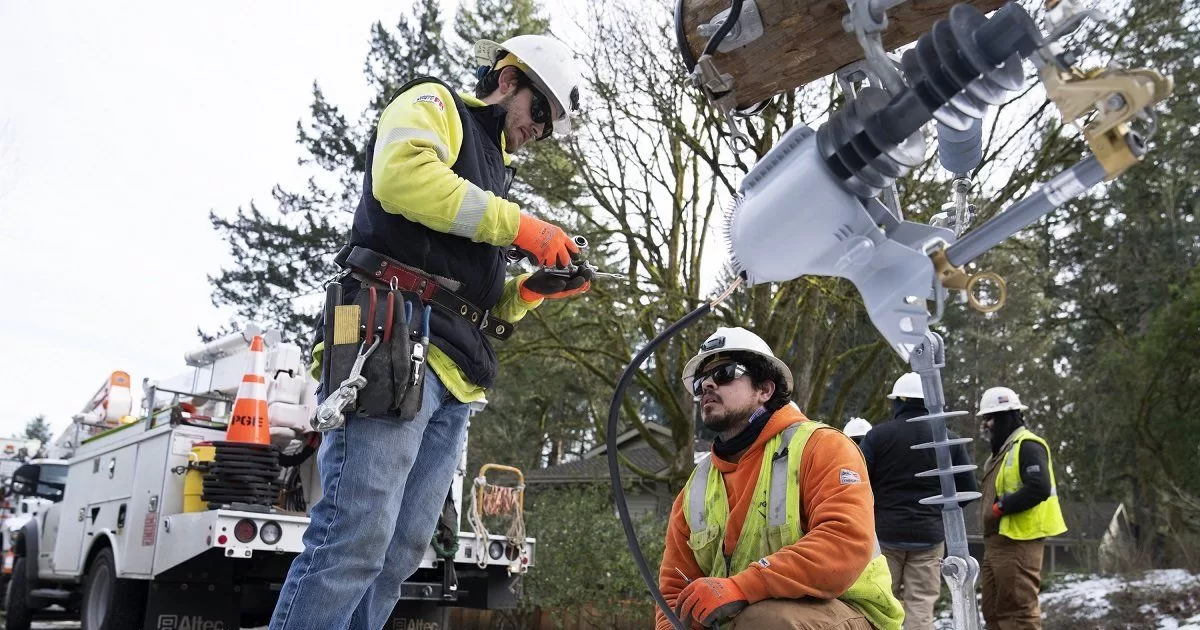PORTLAND.-Parts of the northwestern United States were under an ice storm warning until Wednesday morning, which threatened to add to the damage caused by a powerful winter system that hit the region over the weekend.
In southwestern Washington state and western Oregon — including the cities of Portland, Salem and Eugene — 6 to 25 millimeters (0.25 to an inch) of ice are expected, while the Seattle area is expected I anticipated freezing rain.
Schools were closed in many places, bus circulation was reduced and shelters for homeless people were opened. Authorities warned of poor road conditions and the possibility of new power outages as teams of workers tried to restore service to thousands of users who had been without electricity for days.
The forecast comes as much of the United States faces frigid weather that in some parts endangered power supplies. Another day of frigid temperatures swept through much of the Rockies, Great Plains and the north-central part of the country on Tuesday, with a wind chill of -34.4 degrees Celsius (-30 Fahrenheit) extending to the middle of the Valley. Mississippi. On the East Coast, New York and Philadelphia saw heavy snowfall.
The Tennessee Valley Authority, which supplies electricity in seven states, asked its customers to voluntarily reduce consumption due to the increase in energy demand due to the cold. The grid operator in Texas made a similar request.
In Oregon, transportation officials closed 47 miles (76 kilometers) of Interstate 84, a major east-west cross-country highway from Portland through the Columbia River Gorge, because of the threat of ice.
In the mountains, the National Weather Service warned of heavy snow in the Cascade Range with wind gusts of up to 50 mph (80 kilometers/hour), plus freezing rain and ice, which could make travel “very difficult.” or impossible.” Authorities activated a storm warning until Thursday afternoon.
The northwest of the country is best known for rain and doesn’t typically experience these types of arctic temperatures, but the heavily forested region is especially prone to downed trees and power lines, especially during ice storms.
Source: With information from AP


